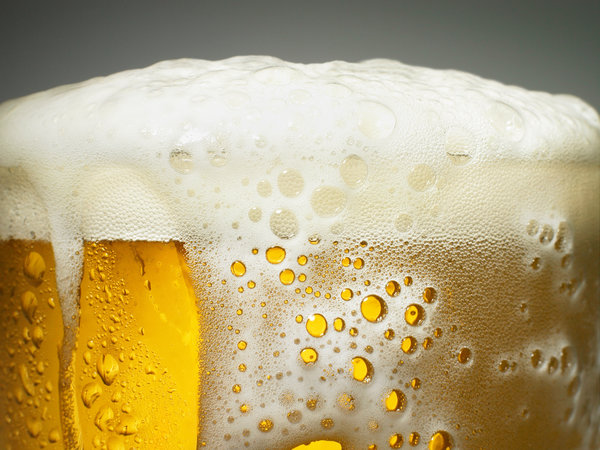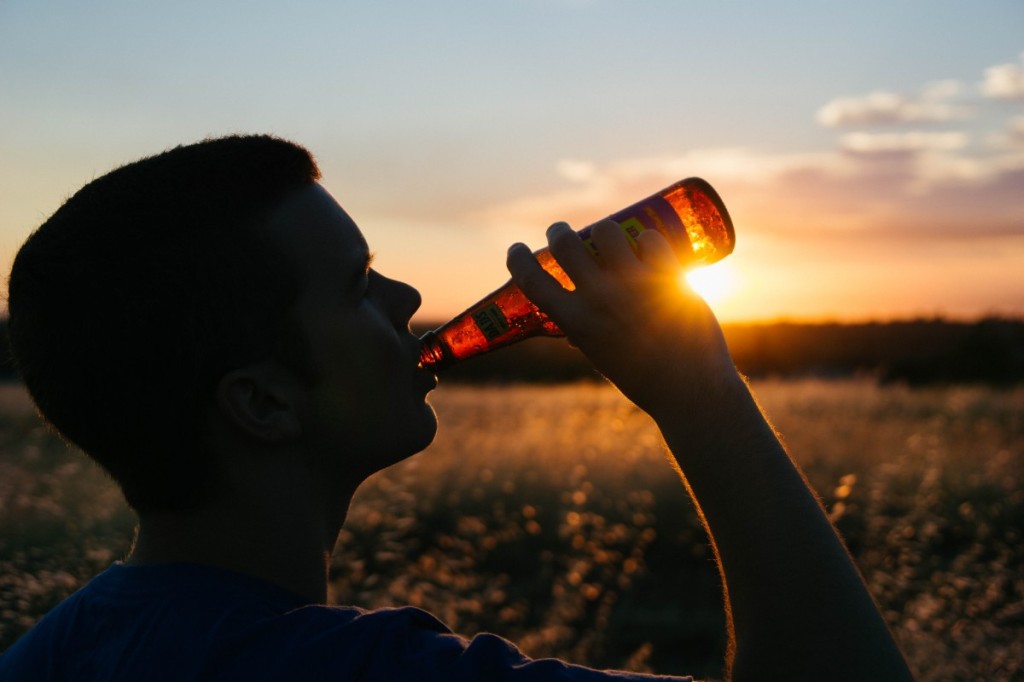
#300
PERFECT PAIRING
05 Feb 2016 By David Fuhrmann-Lim
The close ties between exercise and beer… it’s not what you think.
BY GRETCHEN REYNOLDS
For many people, working out and alcohol are closely linked. Sports teams and training partners celebrate victories, bemoan defeats or mark the end of training sessions with a beer or three. Beer, in fact, provides a substantial portion of some exercisers’ fluid intake after workouts.
But whether exercise encourages people to drink and, likewise, whether drinking encourages people to exercise has been in dispute.
Now two new studies suggest that exercise may well influence when and how much people drink. Drinking may even affect whether people exercise, and, the findings suggest, the interplay between exercise and alcohol could be a good thing.
Past epidemiological studies have shown that people who exercise tend numerically also to be people who drink, and vice versa. In a typical study from 2001, for example, researchers found that men and women who qualified as moderate drinkers, meaning they downed about a drink a day, were twice as likely to exercise regularly as teetotalers.

But most of these previous studies had limitations. They relied, for instance, on people’s ability to recall their exercise and drinking habits over the course of, say, the past year, which can be notoriously unreliable. They also rarely took into account participants’ ages and gender, which affect how much people exercise and drink.
And perhaps most problematic, these past studies rarely determined whether people’s exercise and drinking tended to go hand in hand, suggesting a strong link. In other words, someone might work out on a Thursday and then imbibe on Friday evening with friends, providing no obvious connection between the activities. But in many earlier studies, he or she probably would have been categorized as an exerciser who drinks.

So to better untangle the relationship between drinking and sweating, researchers at Pennsylvania State University, in the most scientifically ambitious of the new studies, turned to a representative group of 150 adult men and women age 18 to 75 who already were enrolled in an ongoing, long-term health study at the university.
They asked these volunteers to visit the lab and fill out extensive questionnaires about their lifestyles, and then provided each of them with a simple smartphone app that could be used to record a day’s drinking and exercise activities. The app would automatically send each day’s report to the scientists.
The volunteers agreed to use the app for 21 consecutive days. Over the course of about a year, covering different seasons, each participant completed three of these 21-day reports.
When the researchers collated and compared the data from their volunteers, they found, for the first time, an unequivocal correlation between exercising on any given day and subsequently drinking, especially if someone exercised more than usual. As the scientists write in their study, which was published recently in Health Psychology, “people drank more than usual on the same days that they engaged in more physical activity than usual.”
This relationship held true throughout all seasons of the year and whether someone was a man or a woman, a collegian or a retiree. Age and gender did not affect the results.
Thankfully, the data did not show that exercise incited or exacerbated problem drinking. Only very rarely during the study did anyone report drinking heavily, which the researchers defined as downing more than four drinks in succession for a woman and five for a man.
But of course this kind of epidemiological study cannot determine why working out and drinking should be associated at all, which makes the second study, a newly published review of past, related experiments, especially those involving animals, so compelling.
In the review, published in Frontiers in Psychiatry, the authors point out that in lab rodents, both exercise and alcohol have been shown to increase activity in parts of the brain related to reward processing. The animals seem, in animal fashion, to get a kick out of both exercise and drinking.
But while the animals’ brains responded similarly to the two activities, they did not respond identically, the past studies show. There are aspects of reward processing related to exercise that differ from reward processing related to drinking, and those differences may help to explain why, if given the opportunity, animals will avidly engage in both running and ethanol sipping. The resulting neurological high appears to be generally more pervasive and lasting than with either activity alone.
It’s possible, although not proved, that something similar happens in people who exercise and imbibe, said J. Leigh Leasure, an associate professor at the University of Houston, director of the school’s behavioral neuroscience lab and the lead author of the new review.
Feeling a slight buzz after a workout, she said, we may, without overt volition, look to extend and intensify that feeling with a beer, a glass of wine or a cocktail.
Read the rest at New York Times
Like this? There’s a beer museum in Stockholm you gotta visit

You might be interested in...
OUR HAPPY HOUR
Round-up the Posse, Count to Ten and Head Out.
BRING YOUR OWN BOOZE
Carlsberg Is Making A Strong Case For Alcohol-Free Beer With The Launch Of Two New Brews
FAIRYTALE IN ORCHARD ROAD
He Wants European Cuisine, But She Wants a Good 'Ol Burger. Well, They're in Luck: Have it Both Ways (and More) at Hans Im Glück.
OUR HAPPY HOUR
BRING YOUR OWN BOOZE
FAIRYTALE IN ORCHARD ROAD